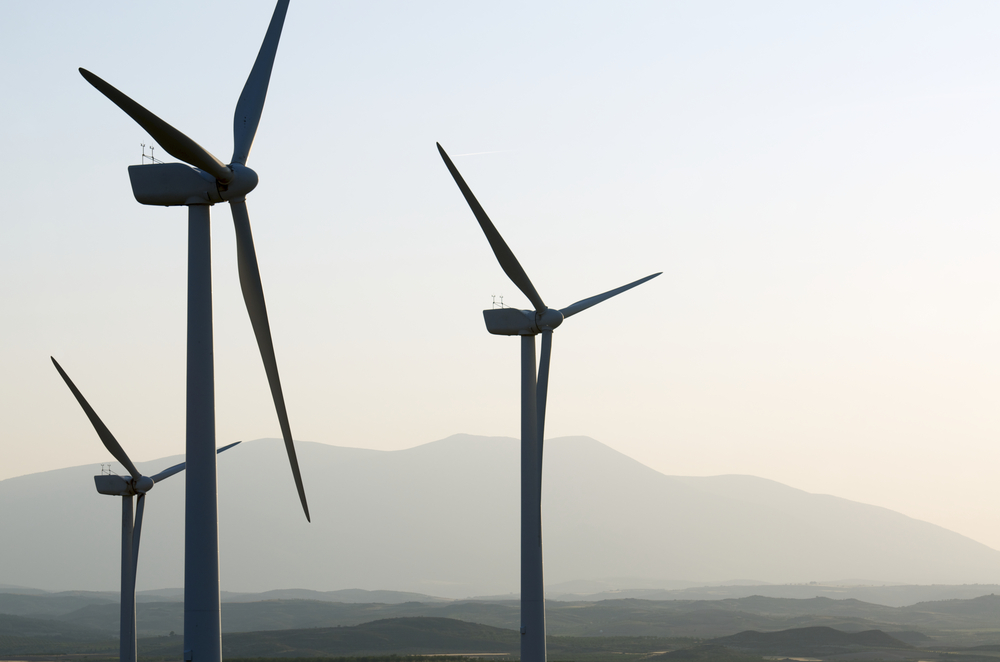Winner of the Best Young Researcher Paper prize at the GGKP's Third Annual Conference, Prudence Dato discusses some of the conclusions from his paper Energy transition under irreversibility: a two-sector approach.
In order to reduce global CO2 emissions up to 50 per cent from 2005 to 2050, several energy policies use scenarios that mostly include the adoption of renewable energy sources and investments in energy saving technologies. Despite the growing investments in the production of renewable energy (63 to 244 billion USD from 2006 to 2012 (GEA, 2012)), fossil fuels are still largely used (78.2%) throughout the world. Therefore it becomes crucial not only to drastically change the way energy is produced, but to also look for energy saving strategies. According to the efficiency pathways (low energy demand) of the Global Energy Assessment (GEA), about one-third of overall investment is efficiency related (GEA, 2012). Then, the issue of energy transition involves both the decision of renewable energy adoption and that of the investment in energy saving technologies.

It is true that our society could not escape the climate change challenges without a transition to a clean energy. However, there exist some constraints that may hinder the full energy transition. For instance, the availability of inputs (mostly rare materials) that could serve to produce renewable energy (solar/wind) may be a barrier for a full transition to a green economy. Also, as a self-reproducing industrial system producing photovoltaic cells is not possible, the economy still needs fossil fuels to produce clean energy. So, we need to care about the extent to which the economy can fully achieve a transition towards clean energy.
The study that I presented during the third annual conference of the Green Growth Knowledge Platform (GGKP) considers the issue of energy transition and involves both the decision of renewable energy adoption and that of investment in energy saving technologies. I analyze the optimal energy transition of an economy producing energy that can be used to produce final goods. This economy uses two sources of energy: exhaustible oil reserves and a renewable. As the use of fossil fuels generates pollution that accumulates over time and that could induce an ecological catastrophe destroying capital, the renewable energy source could be used to replace the consumption of the dirty energy source. The economy could also invest in energy saving technologies to reduce overall energy consumption.
I find that among the multiple paths that the economy can choose, the optimal energy transition one may correspond to a regime in which the economy starts using both resources, crosses the pollution threshold and loses therefore a part of its capital. Finally, the sole adoption of the renewable energy is optimal only in the long run. This result is in line with the asymptotic energy transition argument that states that the transition to "clean" energy may happen only in the long run. It may be a consequence of the impossibility of self-reproducing renewable energy. As the economy still needs fossil fuels to produce clean energy, it is efficient to progressively replace fossil fuels with a clean source of energy. Then, a quick and full energy transition is not optimal for the economy, and one should not expect any immediate transition to an economy that only uses renewable sources of energy.
The results of the study also show that the economy that fears the negative consequences of climate change and the risk of ecological catastrophe is more favorable to the energy transition. This suggests that people must be more sensitized about the potential consequences of their use of fossil fuels. Moreover, people reduce their use of energy as long as the productivity of capital and energy services is high. Therefore, public policies should promote investments in energy innovation that targets productive sector, home appliances and buildings and helps to save both money and energy. We then analyze the importance of energy saving technologies in energy transition. The results mainly show that investments in energy saving technologies may help to reduce the consumption of energy for the same quality of energy services, and therefore favour energy transition. This investment also increases the welfare of the society. Then, it is profitable for the economy to combine both adoption of renewable energy and investment in energy saving technologies.
In terms of policy implications, we recommend that it is important to adopt some economic instruments such as taxes on the "dirty" energy, subsidies on the "clean" energy, or incentives for energy saving technologies in order to promote the energy transition. Also, it is profitable to design economic instruments that jointly target the promotion of "clean" energy and incentives for investment in energy saving technologies. But those economic instruments should be designed to meet the requirements of a transition to a sole use of "clean" energy in the long run. As part of my research agenda, I will empirically investigate the design of those economic instruments.

